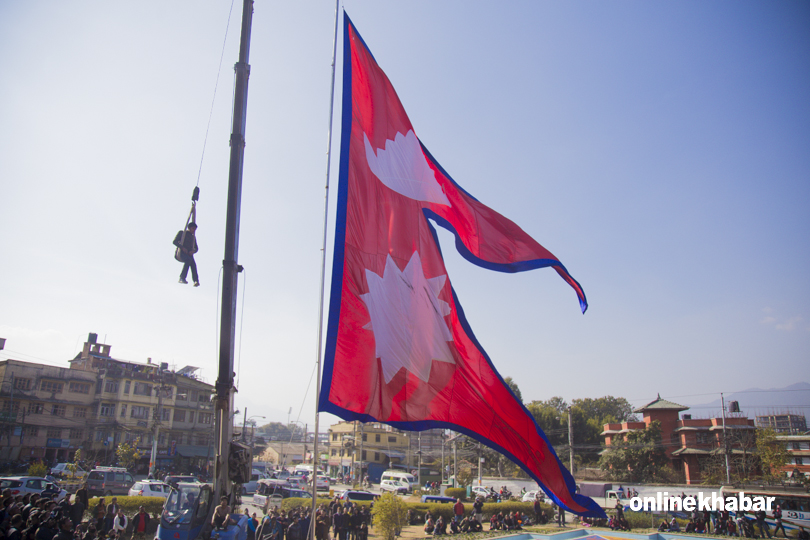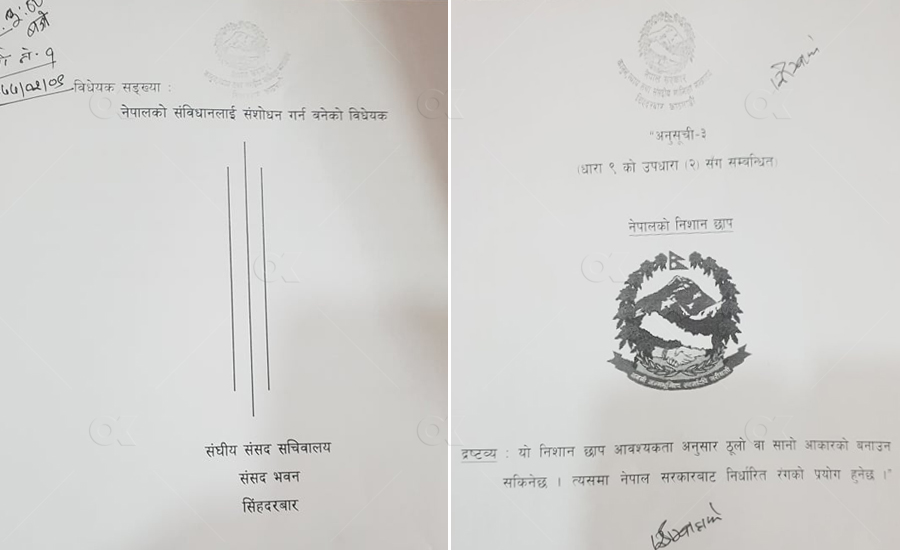
Federalism, as a governance model, has emerged as a cornerstone of modern political discourse. It offers promises of inclusivity, decentralisation, and equitable development. However, its implementation is often fraught with complexities, as exemplified by Nepal’s transition to a federal democratic republic.
In examining the socio-political dynamics of federalism within Nepal’s context, it becomes evident that the journey towards federalism is laden with challenges, yet it also presents opportunities for transformative change.
Constitution 2015 for the federal structure

Nepal’s transition to federalism in 2008 marked a significant departure from its centralised past. There was a commitment to address historical grievances and foster inclusive governance. The adoption of the Constitution of Nepal 2015 laid the groundwork for a federal structure. It aims to distribute power and resources more equitably among diverse regions. The federal system changed the governing system, empowering local communities and ensuring their representation in decision-making processes.
The federal structure comprises three tiers of government: federal, provincial, and local. At the central level, key responsibilities such as national security and foreign affairs are managed. While provinces and local bodies handle matters of regional and local significance. This distribution of powers and responsibilities was intended to foster greater autonomy and accountability at the grassroots level. However, the road to effective federalism has been filled with hurdles, revealing deeper socio-political issues that demand attention and resolution.
One of the primary challenges facing Nepal’s federal experiment is the struggle to establish powerful legal and institutional frameworks at the provincial and local levels. Despite the noble intentions behind decentralisation, Nepal encountered several challenges in its implementation.
One significant hurdle was the limited administrative capacity and resources at the local level. Many municipalities lack the infrastructure, human capital, and financial resources needed to effectively deliver services and govern their jurisdictions. This led to disparities in service delivery and hindered the realisation of decentralisation’s potential benefits.
Challenges in the decentralisation of power
Despite constitutional mandates, the decentralisation of power has been met with resistance and bureaucratic inertia, hindering the effective delivery of public services and impeding developmental initiatives. Many local governments lack the institutional capacity, technical expertise, and financial resources to fulfil their mandated responsibilities effectively. Delays in devolving authority over key sectors such as education and law enforcement have led to friction between federal and provincial authorities, increasing governance gaps.
In addition to administrative challenges, political interference at the local level has threatened the autonomy and effectiveness of local governments. Favouritism politics, nepotism, and corruption undermined the principles of decentralisation and eroded public trust in governance institutions.
Moreover, Nepal’s federal journey has been marred by intergovernmental conflicts over resource allocation and revenue sharing. The tug-of-war between federal and state governments reflects broader tensions regarding the distribution of power and fiscal autonomy.
In the absence of clear guidelines and mechanisms for cooperation, these conflicts have stymied progress and undermined the potential benefits of federalism. For instance, disputes over the distribution of natural resources, such as water and minerals, have escalated into protracted legal battles, further polarising stakeholders and impeding economic development.
Beyond institutional challenges, Nepal’s federal experiment has also laid bare deep-seated social divisions and identity-based grievances. Ethnic-based demands for greater autonomy and representation have underscored the complexities of managing diversity within a federal framework.
The proliferation of identity politics and ethnic tensions has raised concerns about the potential for fragmentation and conflict, highlighting the delicate balance between autonomy and national cohesion. For instance, the demand for provinces based on ethnic lines has fueled debates over territorial boundaries and resource allocation, posing existential challenges to Nepal’s nation-building project.
Transformative potential of decentralised governance
However, amidst these challenges, Nepal’s federal journey also offers insights into the transformative potential of decentralised governance. The devolution of power to local governments has empowered communities to participate in decision-making processes and shape their development agendas.
Grassroots initiatives aimed at promoting social inclusion and gender equality have flourished, showcasing the capacity of federalism to foster bottom-up innovation and participatory governance. For example, initiatives such as community forestry programs and women’s cooperatives have demonstrated the effectiveness of local ownership in sustainable resource management and crisis management as seen during the Covid-19 pandemic.
Furthermore, Nepal’s federal experiment serves as a cautionary tale for other countries navigating similar transitions. The country’s experience highlights the importance of inclusive dialogue, institutional capacity-building, and proactive measures to address historical grievances.
By learning from Nepal’s successes and setbacks, policymakers and stakeholders can chart a more informed path toward effective federalism. For instance, leveraging technology and digital platforms can enhance transparency and accountability in governance, bridging the gap between citizens and the state.
In conclusion, Nepal’s transition to federalism offers valuable insights into the complexities and opportunities inherent in decentralisation. While the journey toward effective federalism is fraught with challenges, it also presents avenues for transformative change and inclusive development. By addressing institutional deficiencies, fostering intergovernmental cooperation, and promoting social cohesion, Nepal can harness the potential of federalism to build a more resilient and inclusive society. Ultimately, the success of Nepal’s federal experiment will depend on its ability to navigate the socio-political dynamics inherent in its transition, paving the way for a more prosperous and cohesive future.
As Nepal continues to navigate its federal journey, several key considerations emerge for policymakers and practitioners worldwide. Firstly, ensuring effective coordination and collaboration between different tiers of government is essential for the success of federalism. This requires a clear distinction of roles and responsibilities, as well as mechanisms for resolving disputes and promoting dialogue. Secondly, investing in local capacity-building and resource mobilisation is crucial for empowering decentralised institutions and enhancing service delivery
at the grassroots level. Thirdly, addressing underlying socio-economic disparities and identity-based grievances is essential for promoting social cohesion and preventing conflicts within a federal framework. Finally, fostering a culture of transparency, accountability, and citizen engagement is vital for building trust in decentralised governance institutions and ensuring their legitimacy and effectiveness. By embracing these principles and lessons learned from Nepal’s federal transition, countries can navigate their decentralisation journeys more effectively and realise the transformative potential of federalism.
























